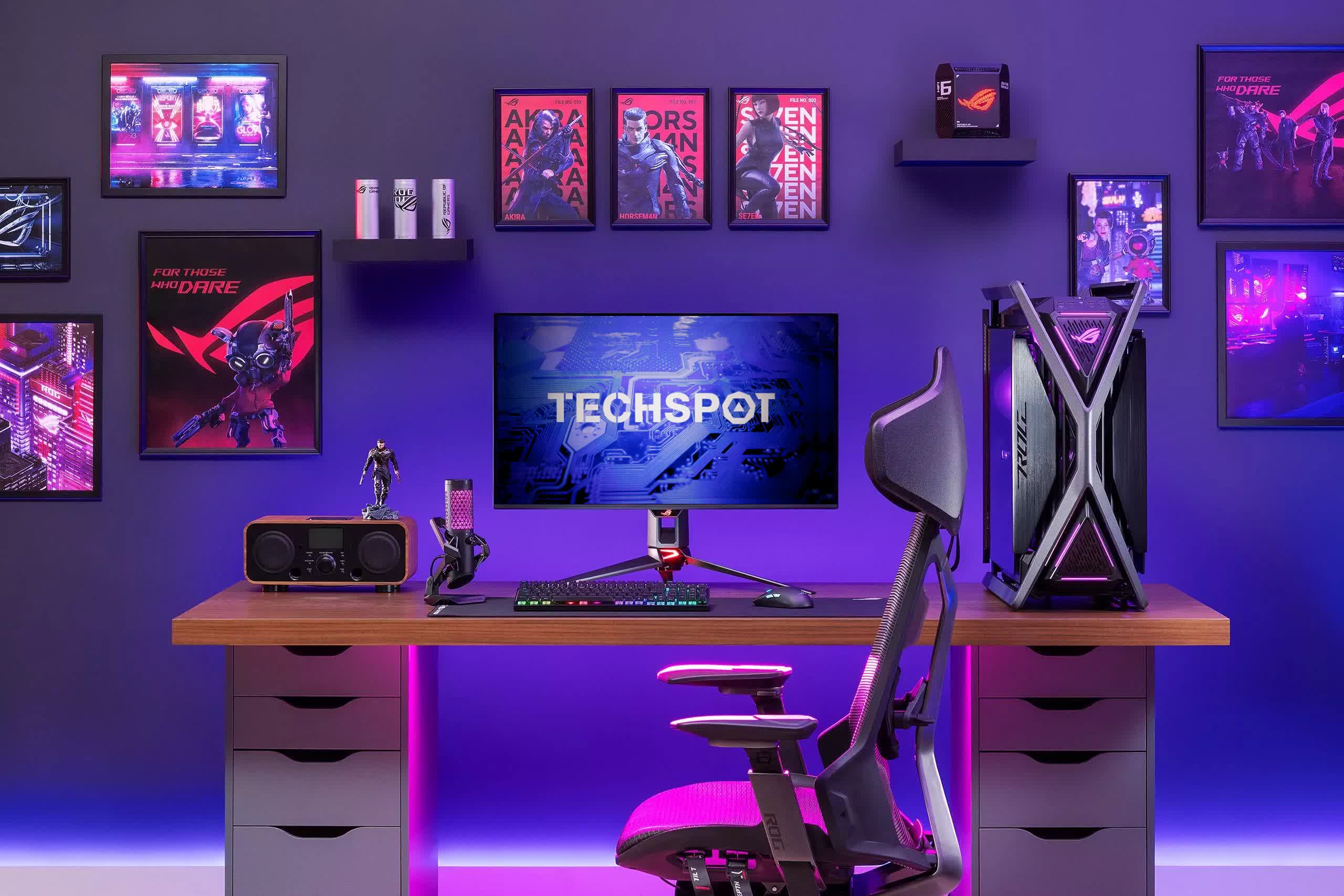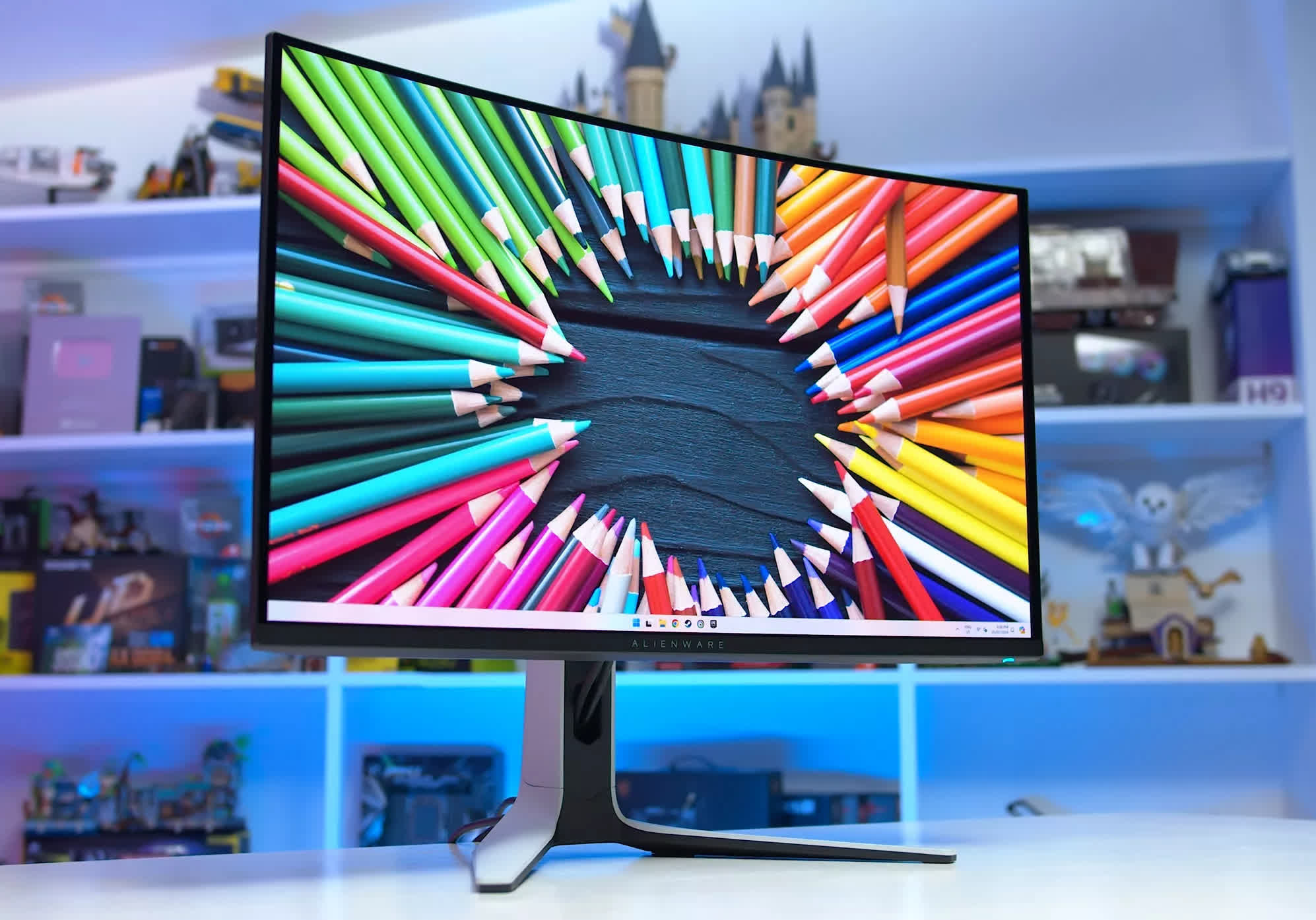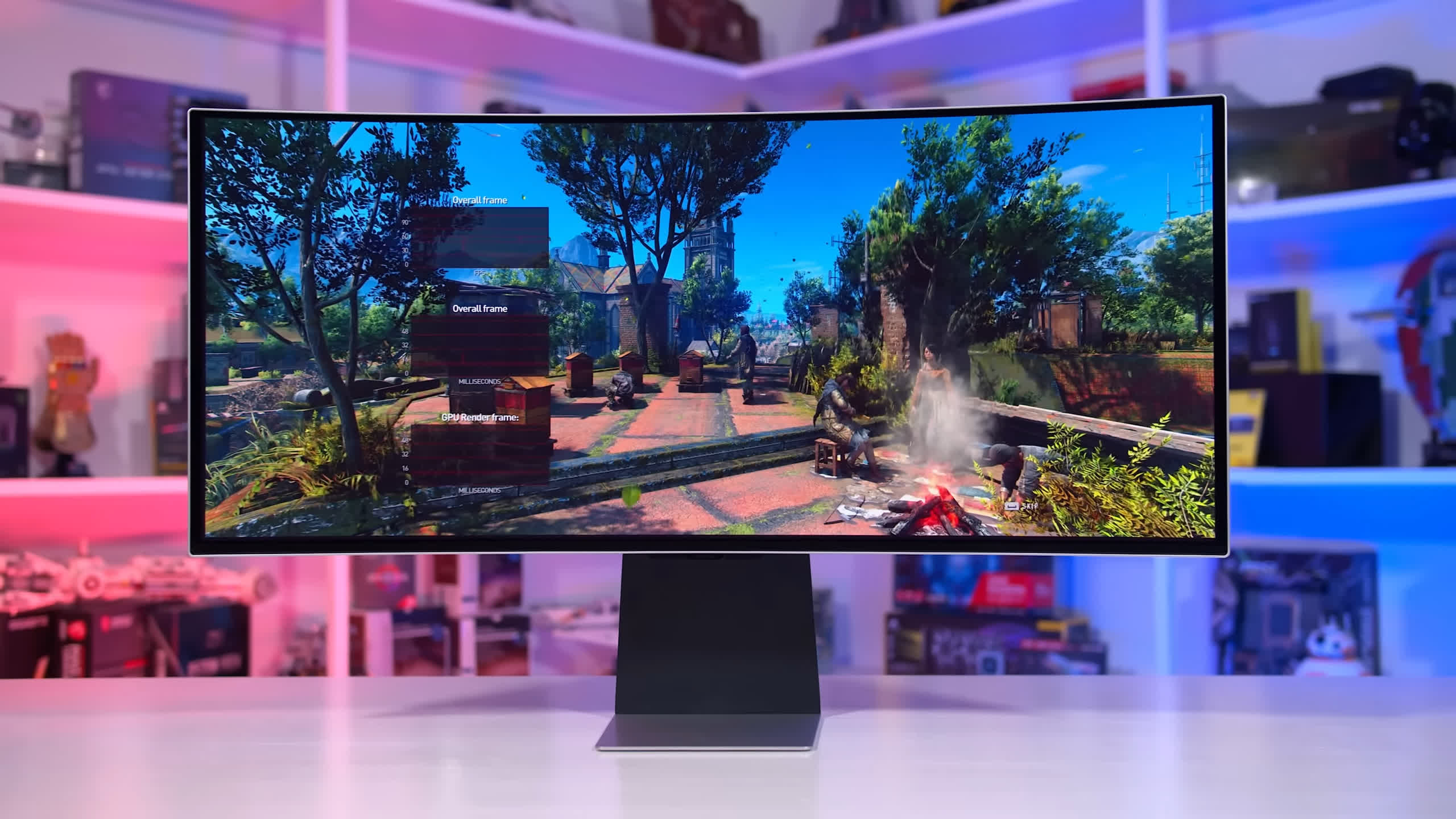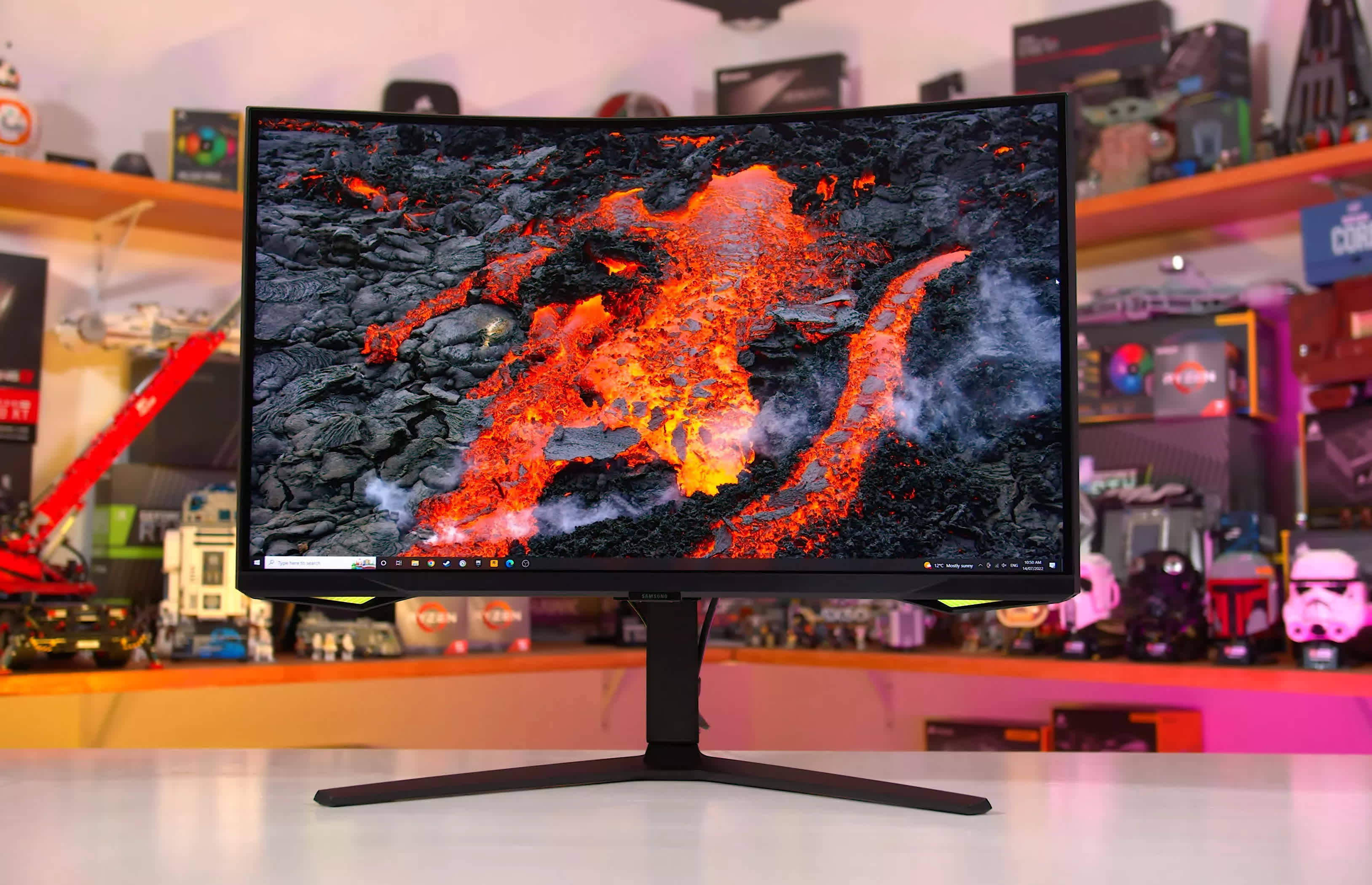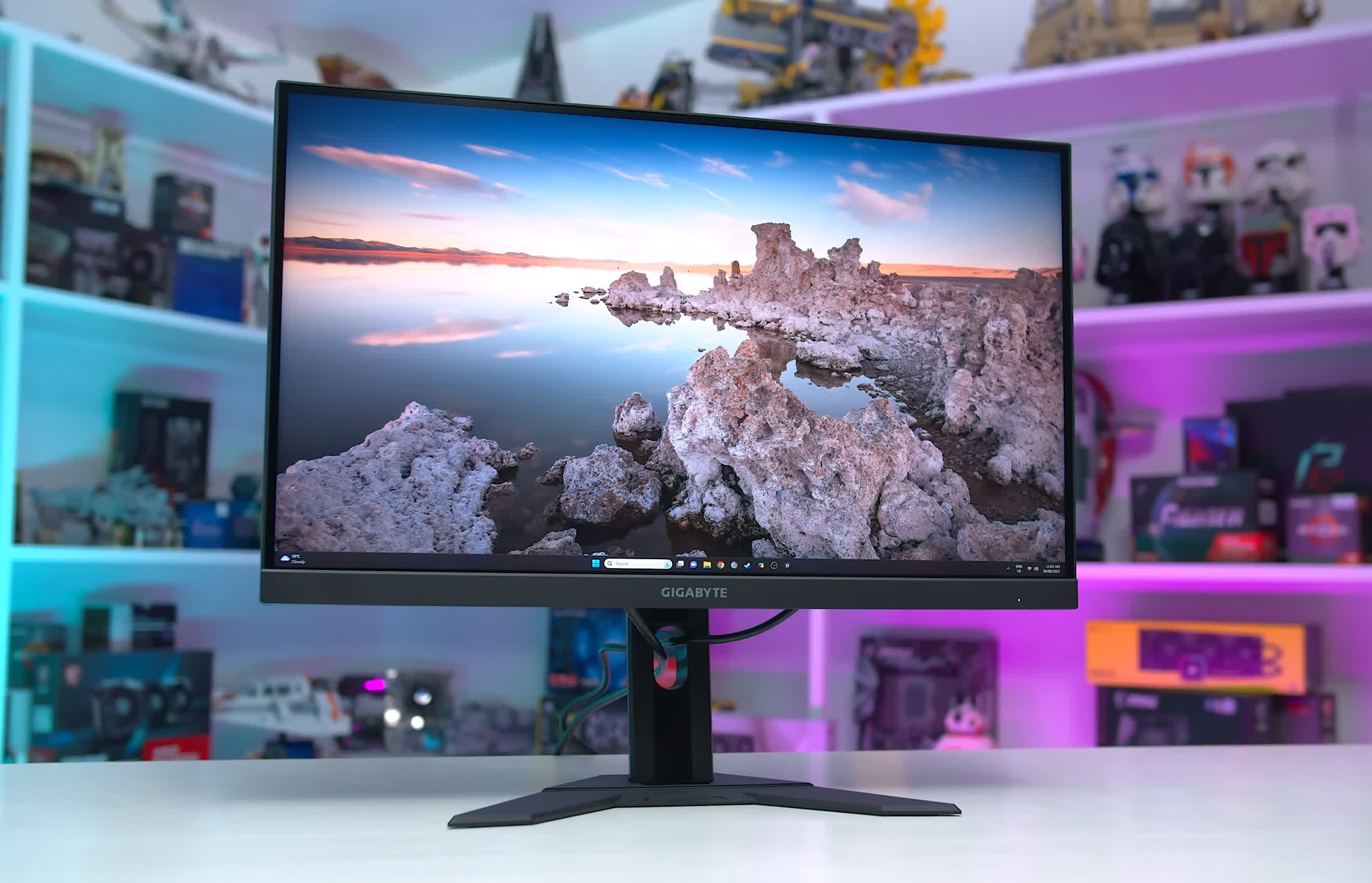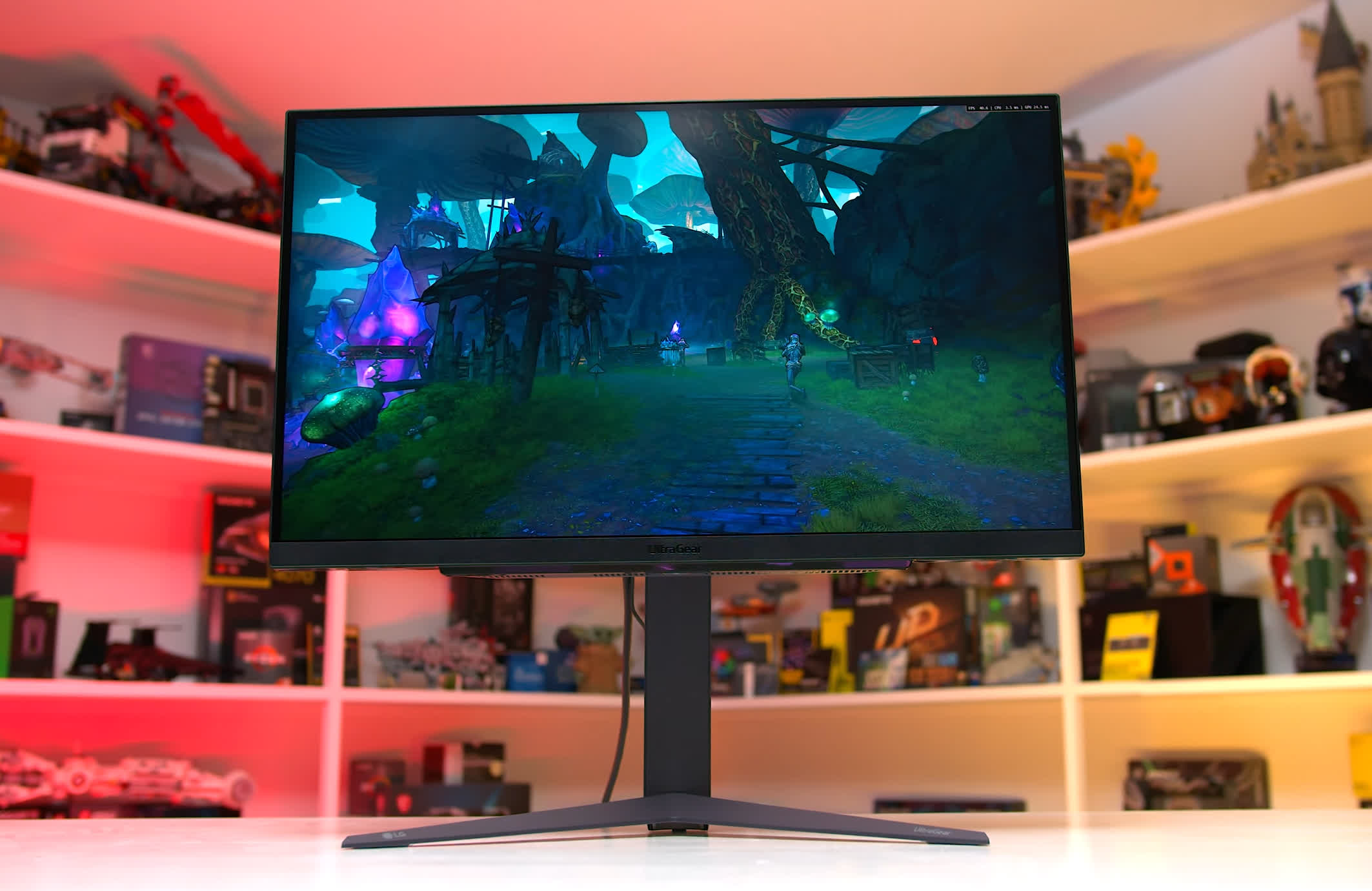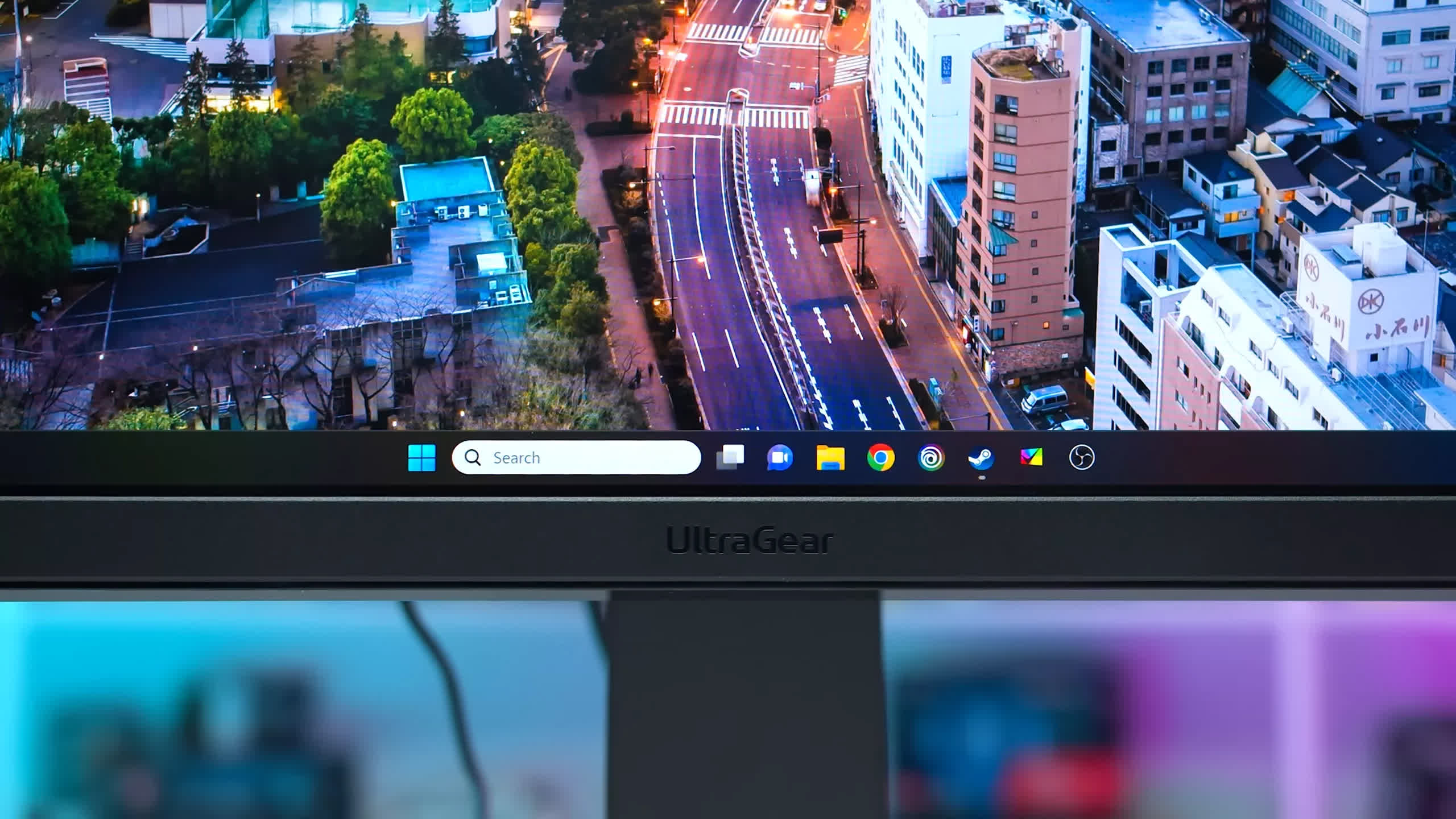The 4K gaming landscape has never been more exciting. With high-quality monitor options at all levels and more set to launch soon, there's never been a better time to step into 4K gaming. Since our last update to this buying guide in April, we've had the chance to test a range of exciting new OLED and LCD models.
The gaming monitor market has become more accessible in recent times, with prices significantly dropping over the past few years. What used to be the price range for mid- to high-end 1440p monitors – around $400 to $500 – can now secure you a quality 4K display. Additionally, with the broader adoption of upscaling tech, 4K gaming is not only more affordable but also more practical, as even mid-tier GPUs can deliver excellent performance on many titles. And as 4K 60Hz models phase out in favor of faster refresh rates, gamers have more compelling options across all price ranges.
In this guide, we've carefully selected 4K monitors that meet a variety of needs, whether you're looking for immersive HDR with OLED or affordable, high-performance SDR panels. As usual, our recommendations will mostly cover products that we've reviewed and tested ourselves. We have comprehensive reviews for many of the products mentioned in this article, which provide more in-depth testing and insights. Just follow the links and you will get there.
Let's explore the best picks for every type of gamer.
Best 4K HDR Gaming Monitor
Choose your favorite OLED: Asus, MSI, Dell, Gigabyte, or Samsung

When choosing a 4K HDR gaming monitor, you can't go wrong with one of the OLED options that have hit the market this year. In previous guides, we aimed to pick an outright favorite in this category, but the reality is that it's hard to single out one model over the others.
Nearly every monitor we've tested has delivered impressive performance across all key areas, with differences coming down to specific features and price. There are plenty of great options but nothing that stands well clear over the rest.
Here are our top 4K OLED monitor recommendations, with reasons for considering each one:
- Asus ROG Swift PG32UCDM ($1,300): Likely the best all-around 4K QD-OLED monitor, the PG32UCDM is packed with features, including an accurate sRGB mode with unlocked settings, excellent HDR accuracy, ELMB black frame insertion, and Dolby Vision support. However, it's also one of the most expensive options, typically priced at $1,300, and it can be even pricier outside some regions. If you want the best, be prepared to invest.
- MSI MPG 321URX ($950) and MSI MAG 321UPX ($900): MSI offers more affordable options. The 321UPX removes a few USB ports and RGB lighting effects to bring the price down but otherwise delivers similar performance. These models may lack some premium features found in the Asus, such as black frame insertion and Dolby Vision support, but performance is still excellent and they offer better overall value.
- Dell Alienware AW3225QF ($1,200): The only curved display from the group. Although we generally prefer flat screens on 32-inch 16:9 panels, Dell's curved offering is a solid choice if that's your preference. It has comparable performance to the Asus and MSI models and offers Dolby Vision support, with competitive pricing in many regions.
- Gigabyte Aorus FO32U2P ($1,250) and FO32U2 ($1,000): Gigabyte provides two 4K QD-OLED options, with the FO32U2P supporting DisplayPort 2.1 UHBR20 for those wanting the highest bandwidth available. If DisplayPort 1.4 is sufficient, the FO32U2 offers similar performance at a lower price. Gigabyte's monitors also feature more HDR modes, providing customization for display performance, with calibration on par with competitors. Given the minimal added benefit of DisplayPort 2.1 UHBR20, we'd recommend the FO32U2 for better value.
- Samsung Odyssey OLED G80SD: Samsung's 32-inch 4K QD-OLED includes both a matte anti-glare coating and smart TV functionality, unique among these options. Although we haven't tested it, reviews indicate similar performance to other models. If these features appeal to you, it could be a good choice.
- Asus ROG Swift PG32UCDP WOLED ($1,300): If you prefer a 4K WOLED panel, we recommend the Asus ROG Swift PG32UCDP over the LG 32GS95UE, as Asus offers better performance, features, and tuning. The PG32UCDP delivers dual-mode functionality, superior brightness in well-lit scenes, and a matte coating, though it is priced on the higher end at around $1,300.
Why OLED for Gaming?
We recommend an OLED monitor as the best choice for 4K gaming due to two key qualities that significantly enhance the gaming experience: 1) One is their lightning-fast transition times, which provide elite motion clarity that outpaces LCD screens at the same refresh rate. 2) Second is individual pixel control, which allows for fully turned-off pixels to display rich, deep blacks, providing per-pixel local dimming for exceptional HDR control – without the limitations of backlight zones.
Dell Alienware AW3225QF
There are currently two main types of 4K OLED panels available: a 32-inch 4K 240Hz QD-OLED panel and a 32-inch 4K 240Hz WOLED panel. Both offer the core benefits of OLED – quick response times and per-pixel control – but each has unique characteristics. Initially, we leaned toward the QD-OLED as the better option, but further testing has shown it's difficult to choose a clear favorite. Ultimately, your preferences will determine which panel suits you best, and our 4K WOLED vs. 4K QD-OLED feature article provides more details.
- Choose a 4K QD-OLED monitor if you prefer a glossy screen finish. Currently, all available WOLEDs have a matte finish, so if a glossy display is essential for you, QD-OLED is the way to go. Additionally, QD-OLED provides the widest color gamut and highest color brightness, and in some cases – though not always – QD-OLED's overall brightness is superior.
- Opt for a 4K WOLED monitor if you want dual-mode functionality, allowing the panel to run at 1080p 480Hz for heightened motion clarity in addition to 4K 240Hz. This is a fantastic feature for competitive gamers, as it enables a faster panel response with lower input lag. The dual-mode works seamlessly and adds versatility to the display. WOLED also offers a more consistent brightness experience across different types of content, so you don't have to worry about HDR modes adjusting brightness levels between high and low APL scenes.
Samsung Odyssey OLED G80SD
It's hard to go wrong with any of the five monitors we recommend above as they offer similar levels of performance. We decided to include all of them as options because prices vary significantly by region. So you can pick and choose or lean towards a certain model based on your local pricing. With unique features like curved screens, DisplayPort 2.1, or matte finishes, you can choose based on the specifics you value as well, knowing that performance is top-notch across the board.
Last but not least, if you're considering a 4K OLED monitor in a different size than 32 inches, new 27-inch 4K panels are expected to debut in early 2025, so you won't have to wait long for even more options.
Best 4K HDR LCD Gaming Monitor
Samsung Odyssey Neo G7 32"

Not everyone wants a 32-inch 4K 240Hz OLED gaming monitor, and there are several reasons for that. Concerns about burn-in, even with some models offering three-year warranties, can be a factor. Some may prefer the improved text clarity of an LCD or the higher brightness levels that LCD technology can offer. Additionally, OLED monitors can be cost-prohibitive, particularly if the lower-cost variants are not affordable in certain regions. If you fall into any of these categories, a 4K HDR LCD gaming monitor may be a better choice.
That said, we've generally found newer 4K LCD monitors with zoned mini-LED backlights somewhat disappointing. Key issues typically include poor tuning, such as with the BenQ EX321UX, or firmware issues, as seen with the Acer Nitro XV275K P3. Based on our testing, 4K OLED options often offer much better performance and tuning in most scenarios, leaving room for improvement among LCD manufacturers.
Until we identify a new 4K HDR LCD truly worth recommending, we continue to recommend the Samsung Odyssey Neo G7 in its 32-inch model. Prices for this model have dropped significantly, and it's now often available for around $700 or even lower, making it an excellent value compared to many other 4K HDR LCDs. It also performs well overall.
The Neo G7 is a 32-inch 4K 165Hz gaming display featuring VA LCD technology and a 1,196-zone full-array local dimming backlight. Thanks to this backlight and the high-contrast VA tech, the Neo G7 delivers an impressive HDR experience that comes closest to OLED among LCD monitors we've tested. It may not match OLED in richness, shadow detail, and viewing angles, but the HDR performance is undoubtedly impressive.
In terms of response times, the Neo G7 is one of the fastest LCD monitors we've tested, and while motion clarity isn't on par with OLED displays, it still provides a strong gaming experience – especially at 4K. Its HDR performance is also solid; the high zone count backlight, paired with great native contrast, leads to minimal blooming in HDR content while retaining the punchy brightness expected from HDR displays. Peak brightness exceeds 1,200 nits, making this display notably brighter than an OLED, though not exceptionally so.
As a more "traditional" gaming display, the Neo G7 has additional advantages. The use of VA LCD technology means there's no risk of burn-in, and it has a standard subpixel structure, which ensures compatibility with desktop apps and improves text clarity. The 32-inch size with 4K resolution also makes it well-suited for desktop use.
There are, however, some drawbacks. The aggressive 1000R curvature adds little to the experience, and while the Neo G7 is well-suited for gaming, it may be less versatile as a productivity or content creation monitor. Input latency with dimming enabled is also a bit underwhelming, and its limited viewing angles require you to view the display head-on for the best HDR experience. Nonetheless, these issues are relatively minor and don't detract significantly from what is otherwise an excellent HDR gaming monitor.
Best 27-inch 4K SDR Gaming Monitor
LG 27GR93U or Gigabyte M27U

If you're looking for a mid-range gaming monitor, the top options right now are 27-inch 4K SDR displays. Prices in this category continue to drop, and you can regularly find high-quality monitors for $400, or well below $500. There's no reason to spend more than this on a 4K 144Hz monitor in 2024, as our testing shows that most displays in this range offer similar performance, largely due to the widespread use of fast IPS panels.
Two standout models worth considering are the Gigabyte M27U and the LG 27GR93U, with little change from our previous recommendations. Typically, the M27U is a bit cheaper, around $400, while the LG model is usually $20 – $30 more. If the LG is priced at $500 or above, it's best to wait for it to come back down to around $400.
The M27U is a 27-inch 4K 160Hz IPS LCD that provides an excellent balance of performance across all areas, including response time speed and color quality. Motion performance is comparable to other modern IPS LCDs, and the panel is well-optimized for variable refresh rate gaming, with no significant flaws. It offers a wide color gamut, good brightness, reasonable factory calibration, and, of course, the high resolution of a 4K panel, making it suitable for both productivity and gaming. While no specific performance area stands out, it also has no deal-breaking flaws.
The LG 27GR93U is a slightly higher-end option, with its typical price increase over the M27U generally being reasonable. Many aspects of performance are similar, but the LG includes added features like hardware calibration support and slightly better response time tuning. Both models offer a single overdrive mode experience and deliver current IPS performance standards.
LG 27GR93U
A few other monitors are worth mentioning. The Gigabyte M27UA, a newer version of the M27U, offers slight improvements but generally provides similar performance. If it's available at a similar price to the M27U in your region, it's the better choice. There's also the older M28U, typically priced the same as the M27U at $400. Both are solid choices, with the M27U offering a higher 160Hz refresh rate and the M28U offering slightly better color performance, making either a great option at competitive prices.
While these options are ideal for most gamers seeking a 4K monitor, we're also beginning to see new dual-mode LCDs hitting the market, offering both 4K 160Hz and 1080p 320Hz functionality. Like the premium 4K WOLEDs, this dual-mode setup lets you play competitive titles at a higher refresh rate and lower input latency while still benefiting from 4K resolution in other games. Although the dual-mode support on LCDs isn't as refined as on WOLEDs, this format could be a good choice if you play a wide variety of games.
The best of these dual-mode options is the Asus ROG Strix XG27UCG. However, priced at $500, it's only worth considering if you specifically want dual-mode functionality. If you'll primarily use the 4K 160Hz mode, one of the cheaper options mentioned earlier will provide similar color and motion performance at a better value.
Best 32-inch 4K SDR Gaming Monitor
LG 32GR93U

If you're interested in a 4K SDR gaming monitor but find 27 or 28 inches too small, there are 32-inch models available. The quality of 32-inch 4K panels has improved compared to previous years when they often lagged behind their 27-inch counterparts. However, upgrading in size comes with a price premium.
Currently, one of the best options in this category is the LG 32GR93U, a 32-inch 4K 144Hz IPS LCD. Prices for this model continue to fall, now averaging around $520. Occasionally, it may climb to around $600, so waiting for it to return to the $520 range is wise.
The 32GR93U performs well across a range of criteria. It has good response times, and LG has tuned it to deliver a single overdrive mode experience. While not the fastest at 144Hz, it's optimized to minimize inverse ghosting artifacts. Among 32-inch LCD monitors, this model excels in motion quality, a welcome improvement over older 32-inch options.
Additional highlights include strong factory color calibration, an excellent sRGB mode, hardware calibration support, broad DCI-P3 color space coverage, and good brightness. It's versatile for both gaming and productivity, with a large 32-inch 4K panel that's well-suited for dual use. The main drawback is the lack of true HDR hardware, but at the current $520 price point, this isn't a major concern.
In general, we recommend the 32GR93U over the Gigabyte M32U, which is currently priced around $500. Although slightly cheaper, the LG model is better tuned and offers superior performance, making it worth the extra $20. However, if the Gigabyte model is significantly cheaper in your region, it could still be a competitive alternative.
